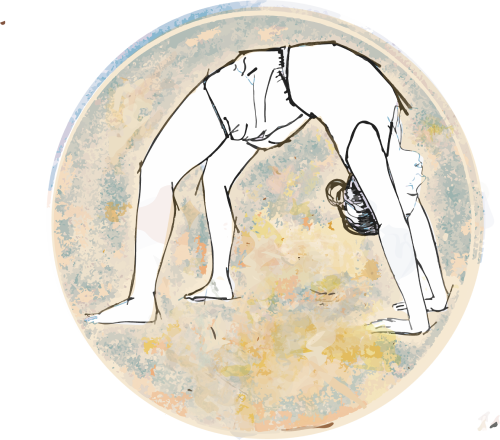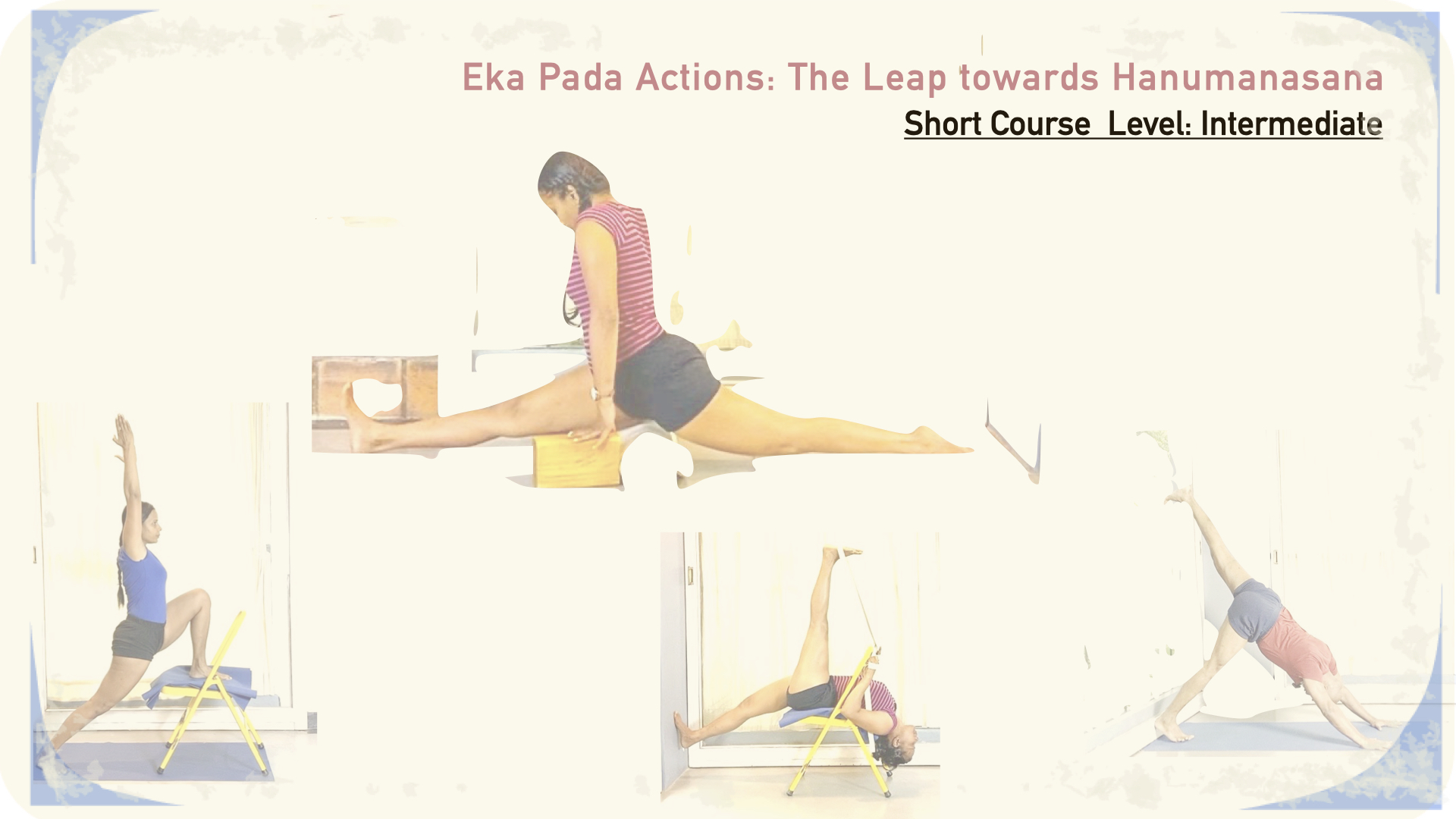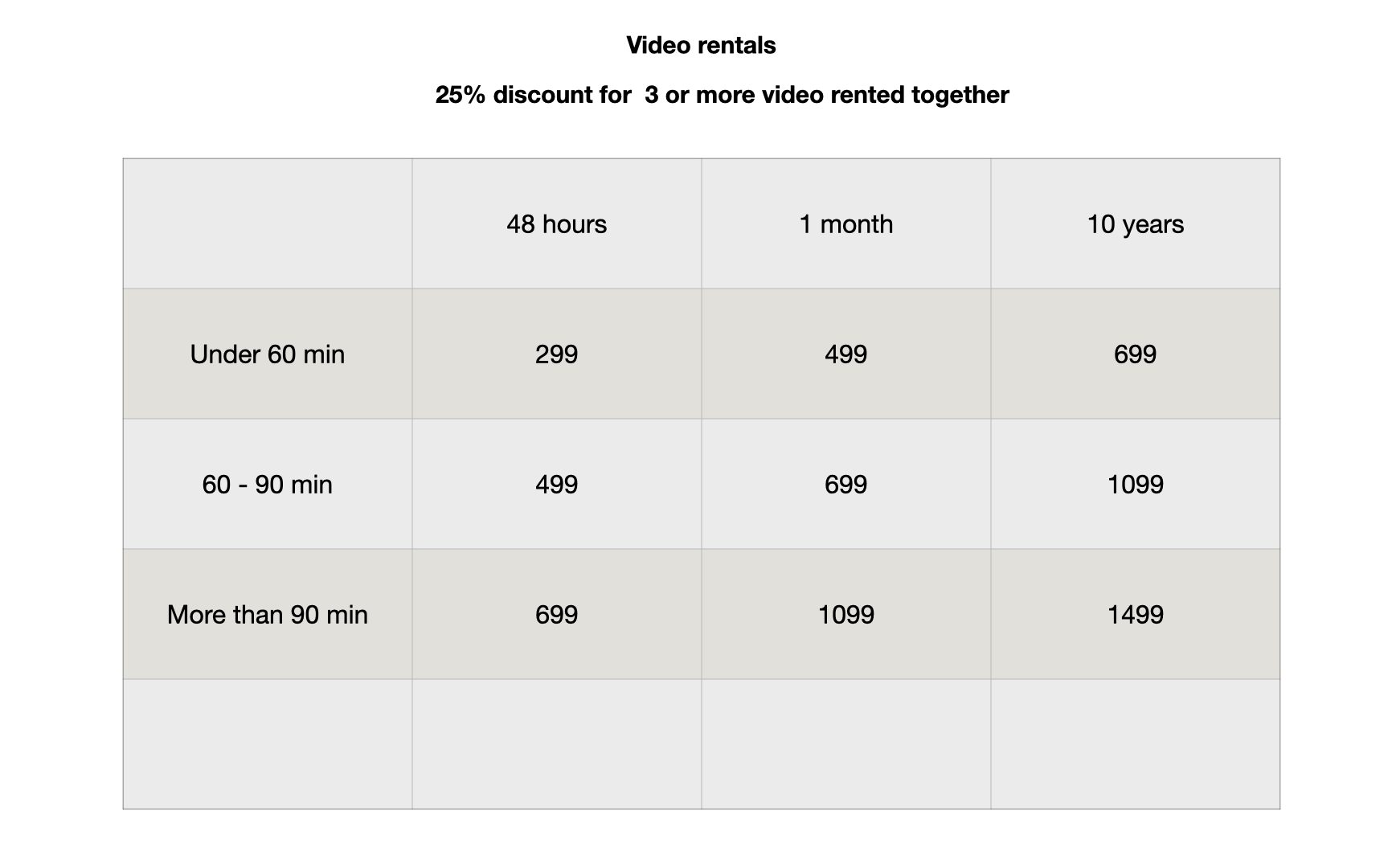the ‘Eka Pada’ action: literally, meaning One (Eka) Leg (Pada) appear in and re-appear in many Asanas – from the basic to the advanced. At its simplest, it might just involve holding one leg steady while moving the other (as in Supta or Utthita hasta padangusthasana). In its more complex forms it involves the two legs scissoring away from each other in opposite directions, culminating in the majestic Hanumanasana: the celestial monkey in majestic mid leap. While Hanumanasana itself might not be accessible to many people, the separation of the front and back legs moving away from each other in the saggital plain is important to maintain the health and mobility all along the legs, the knee and hip joints, and the groins. This has become even more relevant these days with our sedentary lifestyles and long hours of seating on chairs, as well as the popularity of physical activities such as running and bicycling, that involve repetitive short range movement of the legs.
The sessions are listed here as we taught them in the Live classes. Part 2 calls for hamstring extensions. At the Intermediate level, these actions can be practiced. But we also recommend coming back to this session after the Part3 of the Series (that focusses on mobility and strengthening) and comparing the effects.
Part 1: Working the Thighs for Eka pada Actions
Part2: The ‘Eka pada‘ of Back Arches
Part 3: The ‘Eka pada‘ of Back Arches: Focus on Mobility and Strengthening before Extending
Part4: Eka Pada Actions: Culmination of the Leap towards Hanumanasana
Tagwords: hamstrings, quadriceps, groins, back thighs, front thighs, abdominals, running, walking, sitting, bicycling, Supta Padangusthasana1, Virabhadrasana3, Eka Pada Adhomukha Svanasana, Urdhva Prasarita Eka Pada Uttanasana, Sarvangasana, Supta Virasana, Virabhadrasana1, Eka Pada Rajakapotasana




